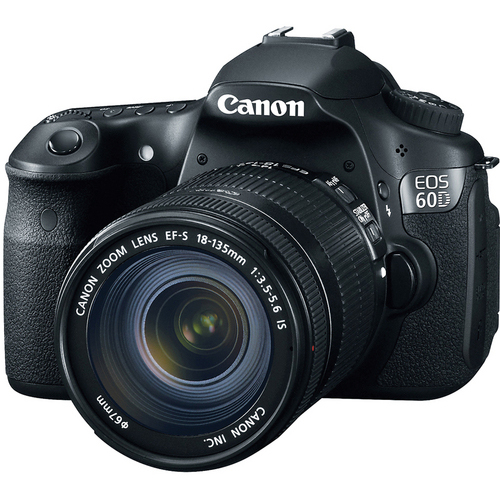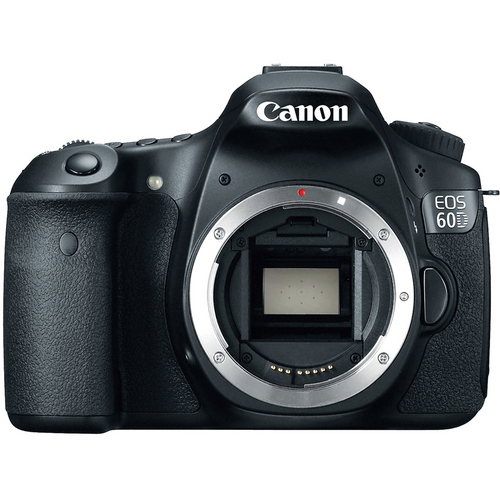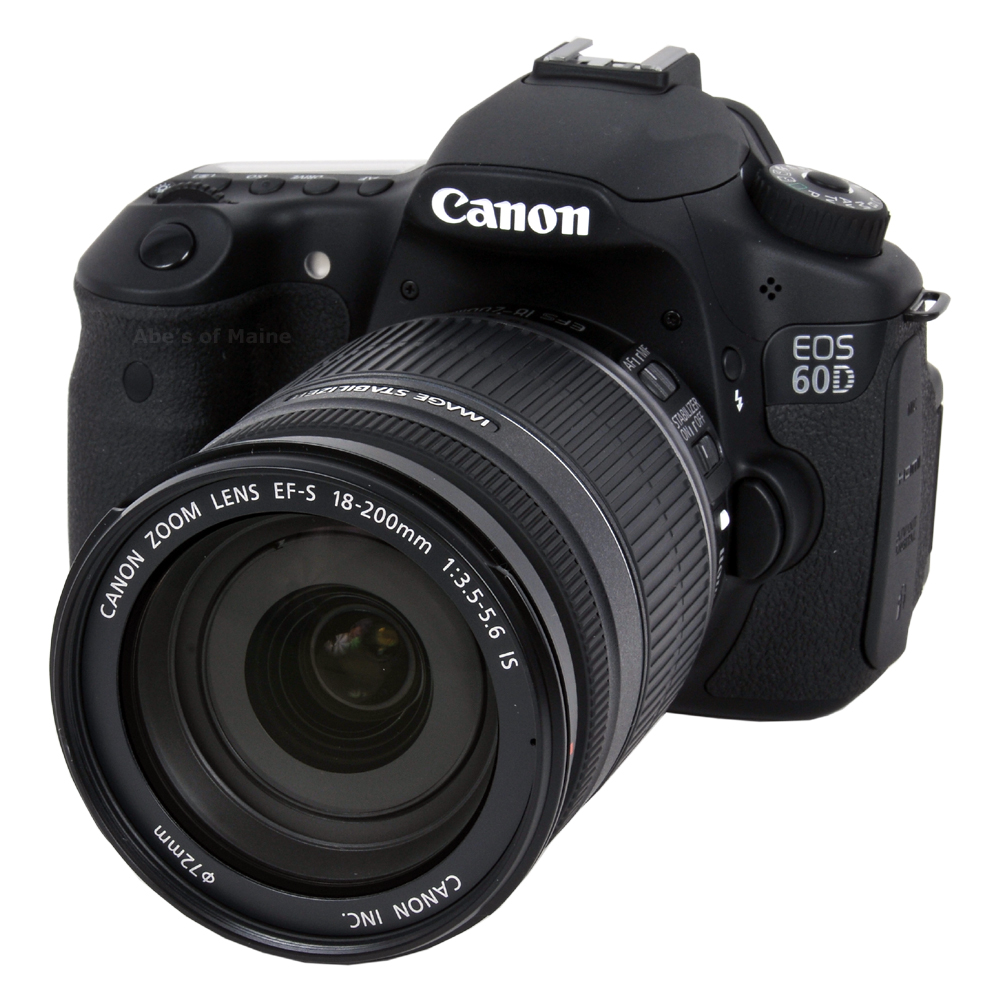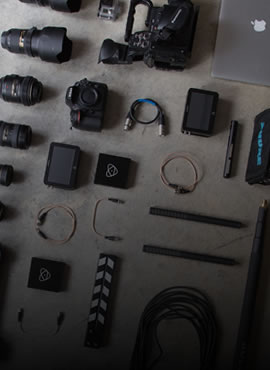Canon EOS 60D Digital SLR Camera with EF-S 18-135mm f/3.5-5.6 IS Lens
Accessories
Battery Grip
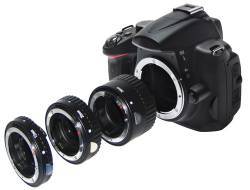
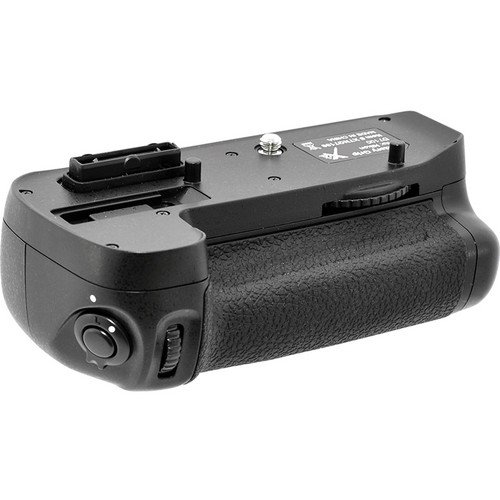
Camera Chargers
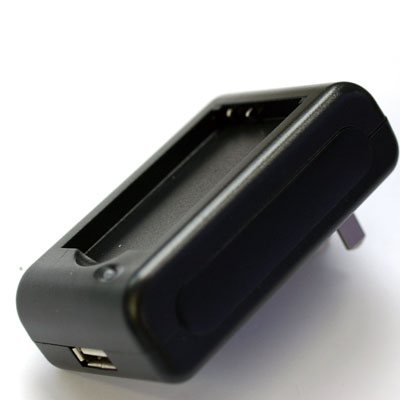
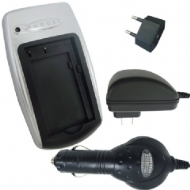
Camera Straps
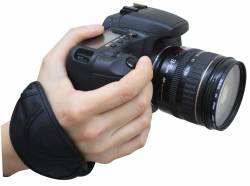
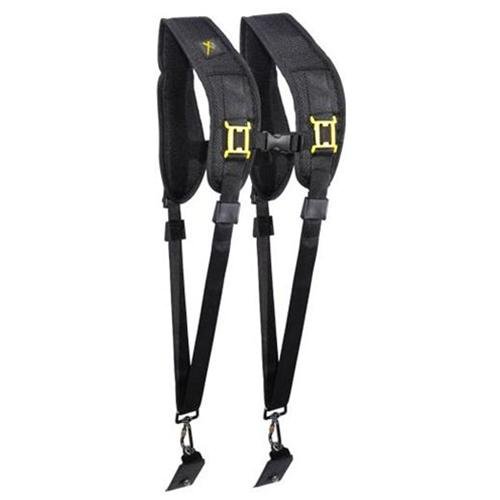

Extended Warranties For Cameras




Flashes & Accessories
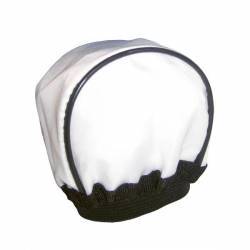

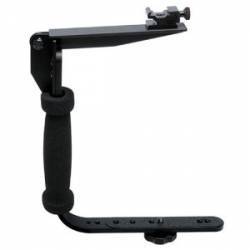

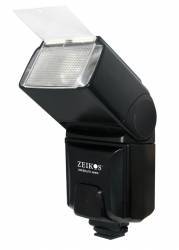

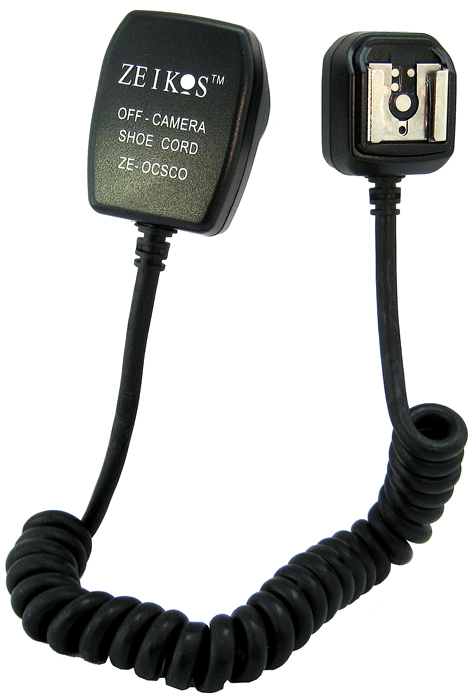

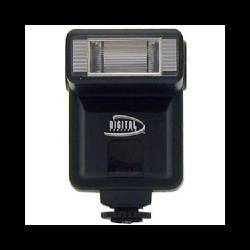
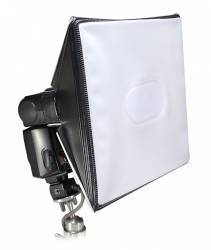

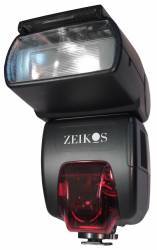

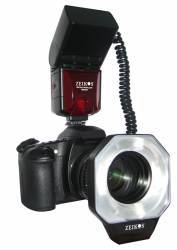

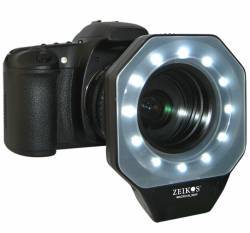

Hard Cases For Camera
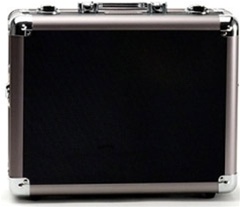
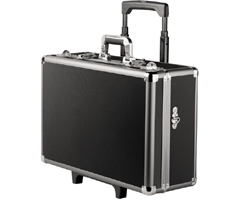
Lens Hoods
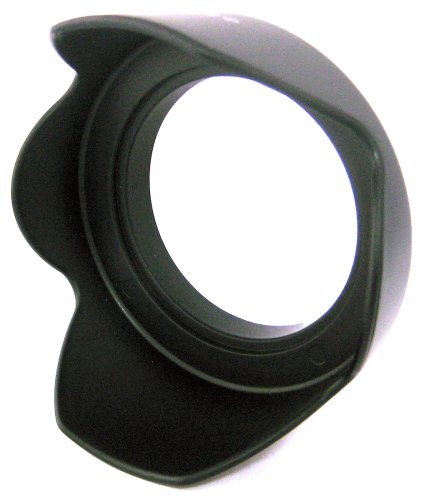

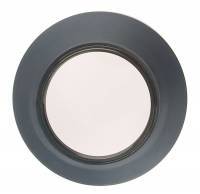
Microphones For Cameras
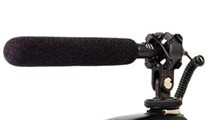
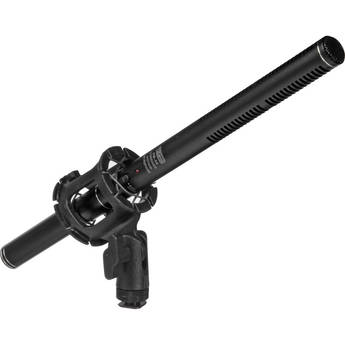
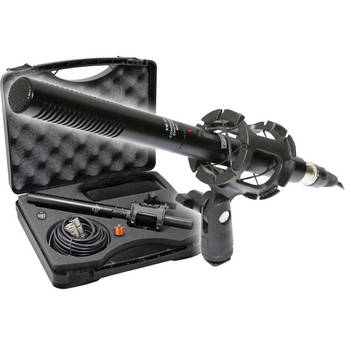
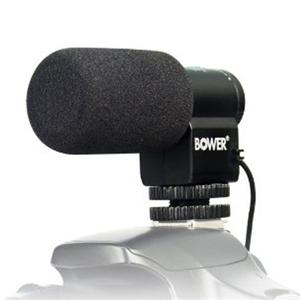
Miscellaneous For Camera
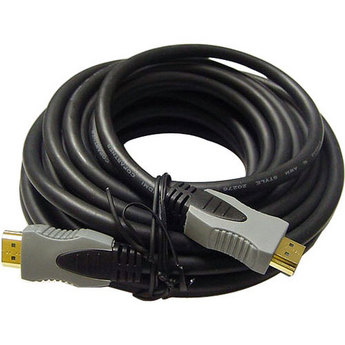

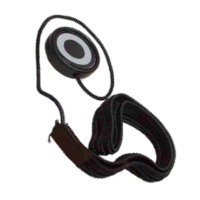
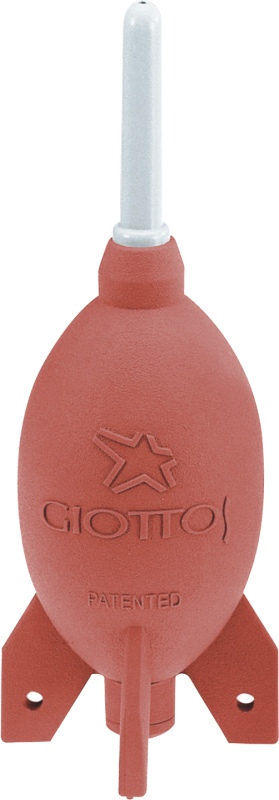


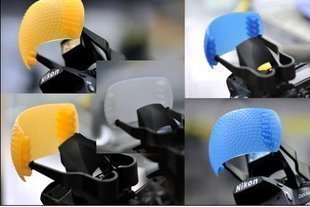
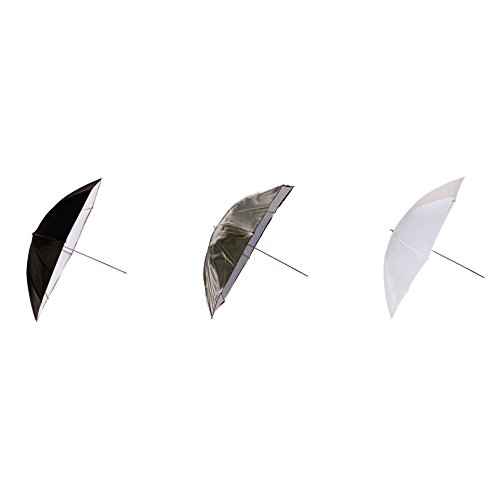
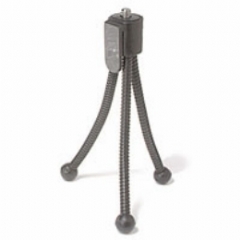
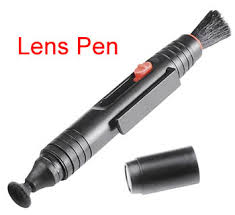
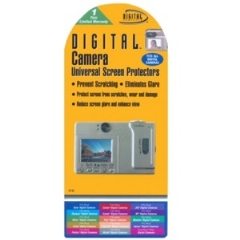
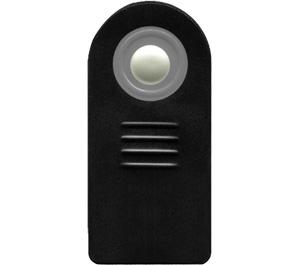
Rechargeable Battery For Cameras
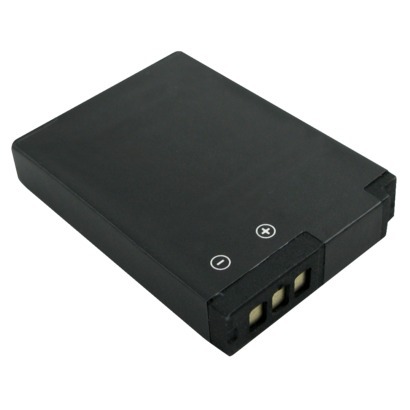
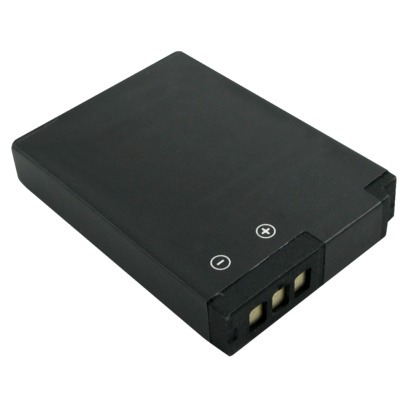
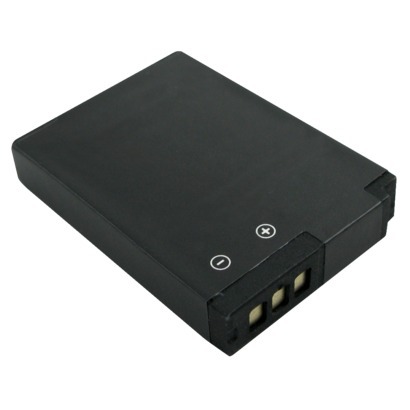
Secure Digital Card For Camera

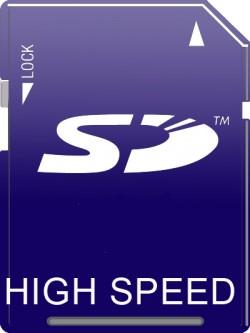
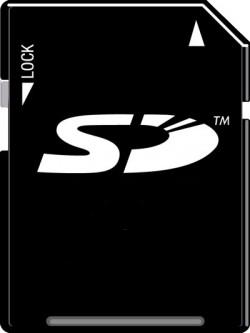
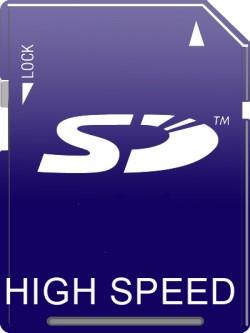
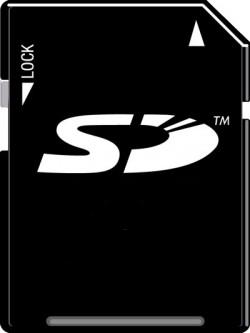
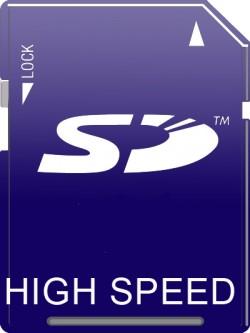
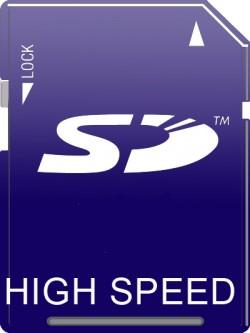
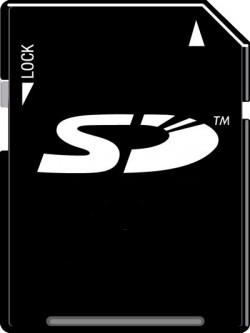

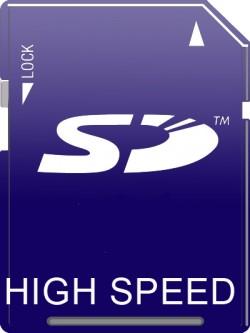
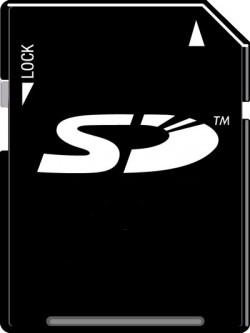
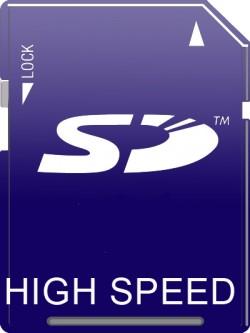
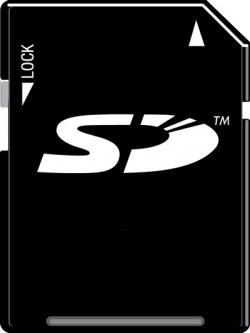
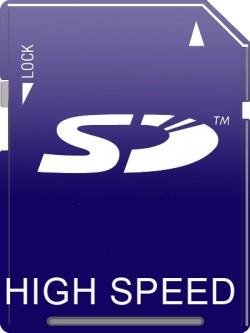
Soft Camera Bags
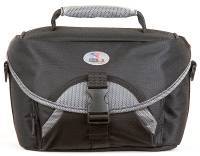
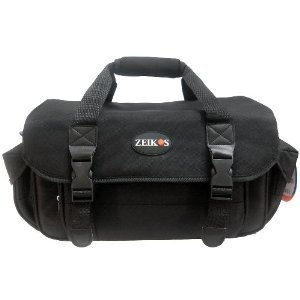
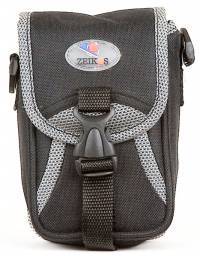
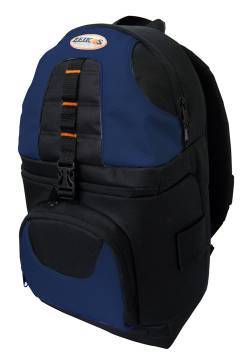
Tripods/MonoPods For Cameras
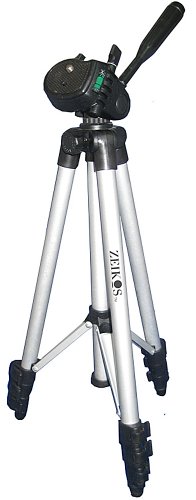

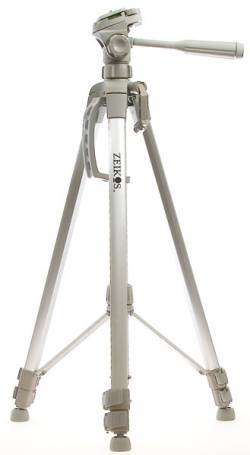
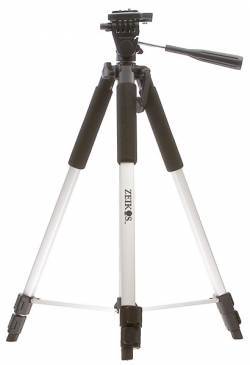

UV Filter/Filters Kit
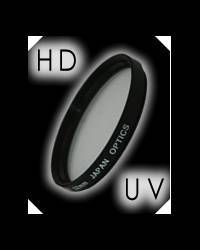
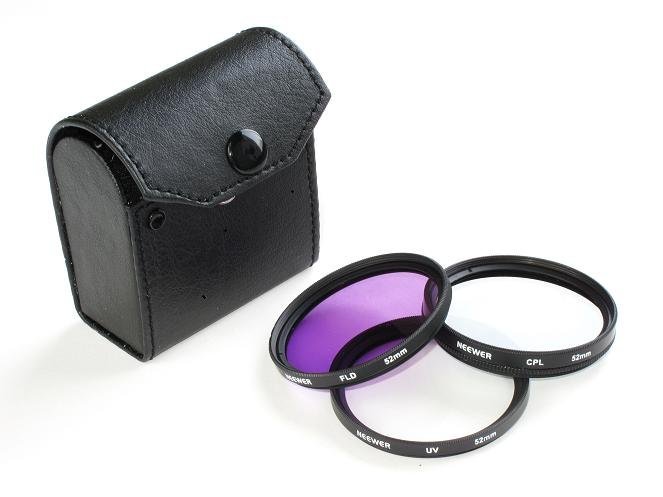
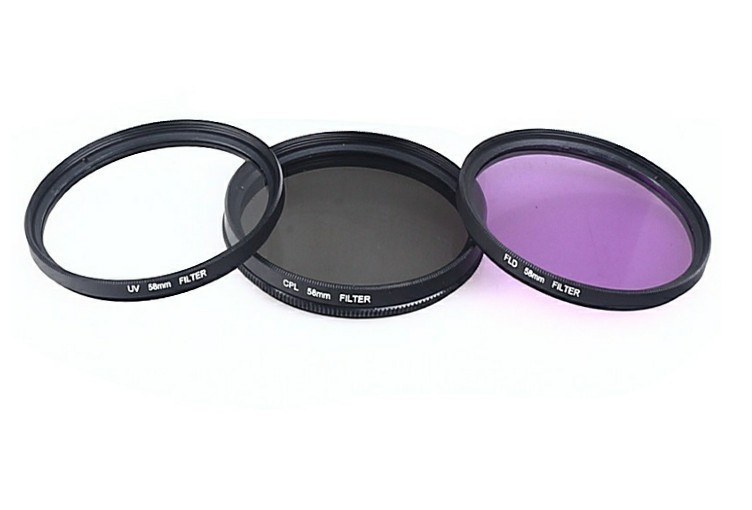
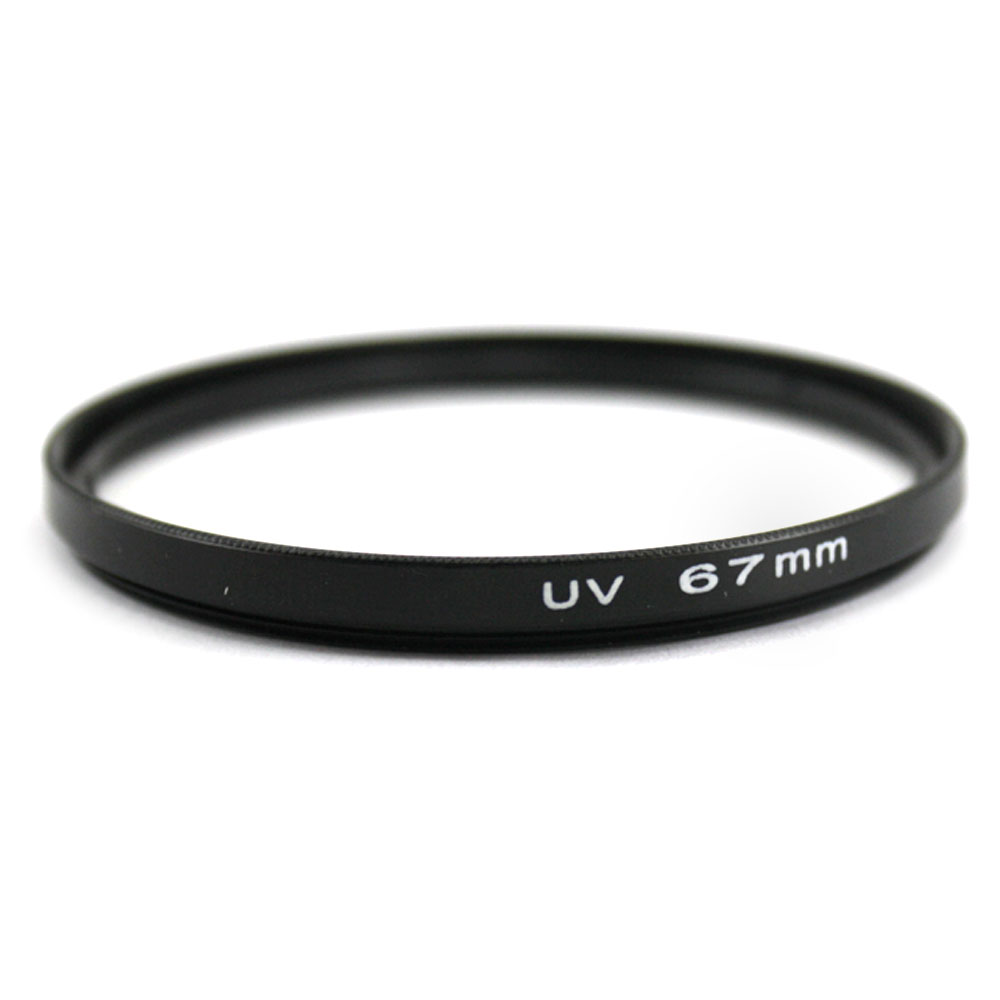

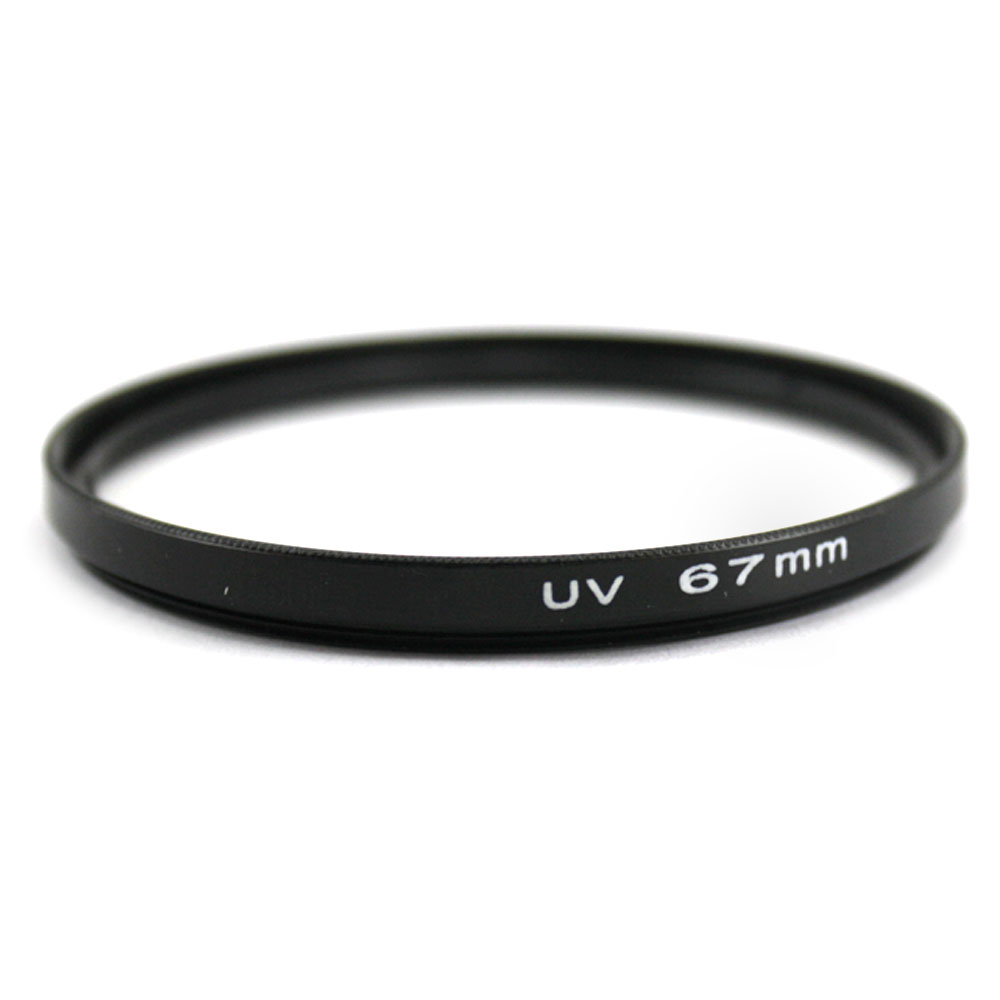
Digital Inspiration. That's how the good folks at Canon define their EOS 60D DSLR Camera Kit with Canon EF-S 18-135mm IS Lens. With a camera body that features an 18MP APS-C CMOS sensor, a 3" Clear View LCD, HD video capture, and an 18-135mm lens, among other mouth-watering features, perhaps you will agree. Let's take a tantalizing tour of this highly-anticipated DSLR camera kit.
Chief among the aforementioned "mouth-watering features" is
the included Canon EF-S 18-135mm IS lens. Yes! It's true! But perhaps
you've already divined this fact from the first paragraph and you're
waiting for me to get on with it. The 60D is compatible with all
Canon EF and EF-S lenses; Canon has paired this 18-135mm model up with
the 60D camera body, making for a value-packed kit that'll have you
shooting from day one (everybody say yay!). The 18-135mm is a great
starter lens that gives you a wide zoom range with which to shoot -
capture those close, close-ups all the way out to breath-taking,
far-reaching vistas - all with this single lens.
What was that? Did I say video? Yes, I did. Let's
take a moment to delve into the feature that has all those techies out
there jumping out of their desk chairs. The 60D is more than your
run-of-the-mill DSLR camera, as we know; it doubles as a 1920 x 1080 HD
video camera. With the built-in video camera you'll be able to capture
MOV video clips up to 4GB in size (time depends on resolution).
With features like manual exposure control, the option to
attach on any of the Canon EF or EF-S lenses, and various audio
adjustments - including an external stereo mic connection, and both
manual and auto gain control - the 60D puts DSLR film-making at your
fingertips. Other noteworthy features of the video function include
in-camera editing, a number of recording resolutions to choose from, and
an HDMI output for one-cable connection to your HDTV.
Perhaps you should take a moment and catch your breath. Ok, here we go - back to the DSLR proper.
Let's ease back into things here. No matter if you're
shooting video or digital stills the 60D captures everything to
convenient flash memory cards - Record to SD/SDHC/SDXC memory cards.
Canon also gives you the option to use wireless USB 2.0 drives, or
Eye-Fi cards for computer-free wireless transfer of your images.
Now, back to the show... The 18MP APS-C CMOS sensor packs
in enough pixel-power to make those mural prints you've only been
dreaming of, a reality. But even if you don't plan on making a
wall-sized mural of your dog romping through the surf, 18MP have other
advantages. Sharpness, clear details, a lack of image-destroying noise,
and true-to-life colors are all examples of how more pixels will make
your images pop!
The 60D also features Canon's DIGIC 4 Image Processor. With
DIGIC 4 you'll enjoy the benefits of fast shooting speeds, in-camera RAW
image processing, creative filters, image resizing, and other exciting
in-camera features. Enhanced Face Detection Live Mode, Full HD video
recording, Auto Lighting Optimizer, and Lens Peripheral Optimization are
additional features also enabled by DIGIC 4.
Another high-point of the 60D is the fully articulated (in
layman's terms: flip out and/or swivel) 3" LCD screen. That's right boys
and girls, the LCD opens away from the camera and articulates for
viewing from multiple angles. You can also choose to leave the LCD in
the traditional back of the camera position. When you're done shooting,
turn the LCD in, and its back cover protects the display from damage.
When it comes to low light you want the option to shoot
without a flash. Canon gave the 60D ISO settings from 100-6400 - and the
option to go up to 12800 using the custom function. You have more
options to choose from - and more opportunity to capture stunningly
clear images, even in low light.
What else could Canon fit into this divinely, oh wait, I mean
digitally inspired camera? A short overview; includes 5.3 frames per
second continuous shooting, a 96% coverage viewfinder, a multi-control
dial, a 63-zone dual-layer metering system, and a 9-point AF system.
In addition to these user-friendly features, the camera also
boasts in-camera photo editing technologies. You'll be able to process
RAW files entirely in the camera to produce a separate JPEG file -
without a computer. Filters like "Grainy Black-and-White" and "Soft
Focus Effect" also allow you to add an artistic touch to your images,
sans post-production. Throw in compatibility with Mac and PC, along with
a myriad of bundled software options, and the 60D is one camera that
packs a powerful punch.
- Kit Includes the Canon EF-S 18-135mm Lens
-
Wide Focal Range
- With 74.2� to 11.3� angle-of-view, the Canon EF-S 18-135mm f/3.5-5.6 IS Lens offers excellent wide angle to telephoto focal lengths with Canon APS-C EOS Digital DSLRs
- Canon's Image Stabilization system allows you to shoot sharp images with a 4-stop advantage under less-than-optimum lighting conditions
- As with all Canon EF-S optics, the Canon EF-S 18-135mm f/3.5-5.6 IS Lens is designed to deliver optimum sharpness edge-to-edge when used with Canon APS-C format DSLRs
- 18MP CMOS Sensor and DIGIC 4 Imaging Processor
-
The EOS 60D features a Canon-designed 18MP APS-C size CMOS
sensor that captures such a high level of resolution; it's easy to crop
images for enlargement without concern of losing detail. A major factor
in reducing noise, the CMOS sensor assures that images shot at highest
sensitivity will be remarkably smooth
The improved DIGIC 4 Image Processor ensures that images are captured, processed and saved with remarkable speed. The EOS 60D DSLR's new 3:2 multiple aspect ratio, in-camera RAW image processing, creative filters, image resizing and provided S2 and S3 image-recording quality are all possible thanks to the DIGIC 4 Image Processor. With dazzling results, the new DIGIC 4 Image Processor also works to capture and process data of images shot at 18MP at 5.3 fps, as well as 14-bit signal processing for excellent image gradation, enhanced Face Detection Live mode, Full HD video recording, Auto Lighting Optimizer and Lens Peripheral Optimization
- Vari-Angle 3" Clear View LCD Monitor
-
The EOS 60D features a bright, high resolution, flip-out
Vari-angle 3.0-inch Clear View LCD monitor for shooting at a variety of
angles. By easily switching between low and high angles, the EOS 60D
freely enables angle adjustments even if the camera is mounted on a
tripod or has a battery grip attached
With 1,040,000 (dots/VGA) pixels for spectacular detail, the advanced, smudge-resistant monitor includes high transparency materials plus anti-reflective and water-repellent coatings to provide clear and bright viewing. Superb for reviewing, editing and deleting photos or composing new images in Live View function, the Vari-angle Clear View LCD monitor also allows access to camera settings like ISO, metering modes, AF Point selection, the horizontal Electronic Level and flash options
- EOS HD Video
-
The EOS 60D features HD Video capture technologies - manual
exposure control for more creative control, for example - borrowed
directly from professional Canon DSLRs to capture stellar video with all
the benefits of shooting with a DSLR. By shooting video with the EOS
60D, photographers as well as filmmakers can take advantage of the
creative features native to DSLR cameras. Along with its manual
controls, the EOS 60D allows for full use of Canon EF and EF-S lenses,
including macro and fisheye, providing a plethora of shooting options
once reserved only for still photography. The resulting HD video is a
standout in its beautiful depth-of-field characteristics and remarkable
capture capability under poor lighting conditions. Additionally, a Movie
Crop function is included: An SD-quality video (640 x 480) can be
cropped to the equivalent of about 7x magnification of regular shooting
The audio input level feature offers both manual and auto gain control, up to 64 levels, and a wind filter minimizes unwanted background noise. By pressing the Quick Control button, a simple graphic user interface for adjusting image quality, white balance, image creation and other settings appears on the LCD. The EOS 60D even lets users edit video in-camera: On-site or off, unnecessary scenes can be deleted and the start/end points of video footage can be designated via in-camera editing functions without the need of a separate computer
Video can be captured at a number of resolutions and frame rates for numerous applications. It can capture 1920 x 1080 Full HD video at frame rates of 30 (29.97 fps), 24 (23.976 fps) and 25 frames per second, for up to 4GB per clip. Video footage is saved as MOV files and can be viewed in Full HD through the EOS 60D DSLR's HDMI output. Other recording sizes include HD at 1280 x 720 (50/60 fps) or SD/VGA at 640 x 480 (50/60 fps) -24/30 fps delivers cinema-like motion, while 60 fps is perfect for footage being uploaded to video-sharing websites. The EOS 60D also has a built-in microphone for simple mono recording and stereo sound can be recorded through a self-powered external microphone
- High ISO Sensitivity
- With a broad range of ISO settings, expandable up to 6400 in the auto setting and 12800 with the custom function, the EOS 60D enables shooting from sunrise to sunset and helps ensure capture of the finest detail. With enhanced high-sensitivity optimization, subjects can be captured clearly and easily at high shutter speeds without flash, with minimized blur and noise. In bright scenes, especially long exposures in daylight, optimal exposure can be achieved with a fully open wide-diameter lens, no dark filter needed
- 5.3 fps Continuous Shooting
- With a 0.1 second start-up time, speedy autofocus, and minimal shutter lag, the EOS 60D is made to capture even rapidly-occurring scenes with stunning precision. Able to shoot up to 5.3 frames per second (fps), capturing a maximum burst of approximately 58 Large/JPEGs and 16 RAW, the EOS 60D DSLR lets you catch even the briefest of moments, whether it's a fast-paced soccer game or the flicker of a candle flame
- 96% Viewfinder Coverage
-
The EOS 60D features a redesigned viewfinder that not only
offers 96% coverage, 0.95x magnification, a 27� angle of view and
user-controlled dioptric adjustment, it also features a transparent LCD
display that enables a number of viewfinder displays. A six-level
battery check indicator has been added on the left, and the exposure
level indicator scale has been expanded to up to three stops, with
arrows indicating greater exposure levels
The EOS 60D also features a horizontal Electronic Level, that, when activated, is superimposed on the LCD monitor to aid in achieving evenly leveled shots by indicating the horizontal tilt up to approximately 9� in 1� increments
- Enhanced iFCL 63-Zone Dual-Layer Metering System and 9-Point AF System
- The EOS 60D features a 63-zone dual-layer sensor designed to complement the 9-point AF system. By taking into account the color and luminosity surrounding chosen AF points, this system delivers an advanced level of accuracy for stunning results even in difficult lighting situations. Since the metering sensor has a color measurement function, exposure errors and focus errors caused by different light sources are minimized; the EOS 60D gives stable exposure from shot to shot in situations where light changes, such as in a theater or concert hall. This makes the EOS 60D ideal for scenes with extreme difference in brightness such as brightly lit scenes or backlit scenes; the camera balances exposure of the main subject at the background, and exposures are not overly influenced by bright areas in the shot. Since the EOS 60D provides high-speed X-sync ("X-sync" means the fastest shutter speed that can synchronize with a flash burst at the moment the shutter is fully released) up to 1/250 sec., the range of photographic expression is dramatically increased, allowing the EOS 60D to be used with confidence in bright scenes or dim
- In-Camera Technologies for a Streamline Workflow
-
The EOS 60D marks a highpoint in convenience for the
photographer by being able to shoot an image as a RAW file and then
process it entirely in-camera to produce a separate JPEG file without
the need of an outside computer. The EOS 60D gives you 10 process
variables - brightness adjustment, white balance, Picture Style, Auto
Lighting Optimizer, noise reduction, JPEG image-recording quality, color
space, lens peripheral illumination correction, distortion correction,
and chromatic aberrations correction - to create the image you envision,
set to the 3:2 aspect ratio used in 35mm film
Additionally, once you capture an image with the EOS 60D, you can digitally manipulate it in-camera with a number of creative filters for artistic and dramatic effect. Options include Soft Focus Effect to convey dreamy tableaus; Grainy Black-and-White Effect for a gritty, hard-bitten look; Toy Camera Effect - the deliberate vignetting and color shift technique popular in art photography - and Miniature Effect, which blurs the top and bottom edges of the image to emphasize perspective and conveys a miniaturized look of the scene
- Flexible Storage with Memory Cards
-
The EOS 60D DSLR uses popular SD, SDHC and SDXC memory cards.
Compact, inexpensive and available in increasingly large capacities, SD,
SDHC and SDXC memory cards are a nice complement to the EOS 60D DSLR's
compact and lightweight body design
The 60D can also gives you the option to store recordings to external media sources like USB 2.0 or Wireless LAN/Eye-Fi card (Canon cameras are not guaranteed to support Eye-Fi card functions, including wireless transfer)
- Compatible with Canon EF and EF-S Lenses
- The EOS 60D is compatible with all Canon lenses in the EF and EF-S lineup, ranging from ultra-wide angle to super telephoto lenses. Canon lenses employ advanced optical expertise and micron-precision engineering to deliver unprecedented performance in all facets of the photographic process. Special optical technologies, such as aspherical, ultra-low dispersion, or fluorite elements are featured in the universally acclaimed L-series lenses. And Canon's Optical Image Stabilizer technology is featured in select lenses to minimize the effect of camera shake. Additionally, photographers can use for video the same lenses they do for still photography; Canon wide-angle, macro, super-telephoto, tilt-shift and fisheye lenses provide a wealth of focal lengths, depth-of-field and other creative shooting options once reserved for stills
- Flash Photography
-
With a flash sync speed of 1/250 of a second, the EOS 60D
features the E-TTL II flash metering system. With any of the optional
flashes in the EX Speedlite line, E-TTL II provides reliable flash
output whether shooting fill-in flash pictures in sunlight, or using
flash in total darkness. With E-TTL II, the exact same 35-zone metering
sensor used for measuring ambient light is also used for flash metering -
giving even finer metering command of the image area. If you prefer a
broader area for flash metering, there's a menu setting to change to
"Average" flash metering - where the entire 35-zone area is measured
evenly for flash exposure. Additionally, the EOS 60D has a Speedlite
transmitter built-in for convenient, full-featured wireless control of
EX-series Speedlite flashes set as slave units
The optional Canon Speedlite 430EX II is a step-up accessory for powerful flash shooting with the EOS 60D. It has excellent flash power (maximum guide number of 141'/43m at ISO 100), and is the perfect way to get great flash pictures when you can't get right up to the subject. The 430EX II is also great for bounce flash, with its tilting and swiveling flash head. It automatically zooms the flash head to cover lenses ranging from 16mm up to 105mm or longer with the EOS 60D. Of course, it works with the camera to provide full E-TTL II automatic flash exposure. And the 430EX II has a powerful AF-assist beam, which allows the camera to autofocus even in total darkness on subjects as far as 32 ft. from the camera
- Powerful Bundled Software
- The EOS 60D comes bundled with an updated Canon EOS Digital Solution Disk, which features powerful software programs designed to extend the EOS experience to the computer. These include Canon's EOS Utility (Version 2.9.0), Digital Photo Professional (Version 3.9.1), ZoomBrowser EX for Windows (Version 6.6.0), ImageBrowser for Macintosh OS X (Version 6.6.0), the Picture Style Editor (Version 1.8.0), PhotoStitch (Version W: 3.1.22/M: 3.4.4), WFT Utility (version 3.5.1), Memory Card Utility (Version 1.4), WFT Utility (Version 3.5.1), Original Data Security Tools (Version 1.9.0). Each application is designed to make captured images look their best and to streamline the workflow.

